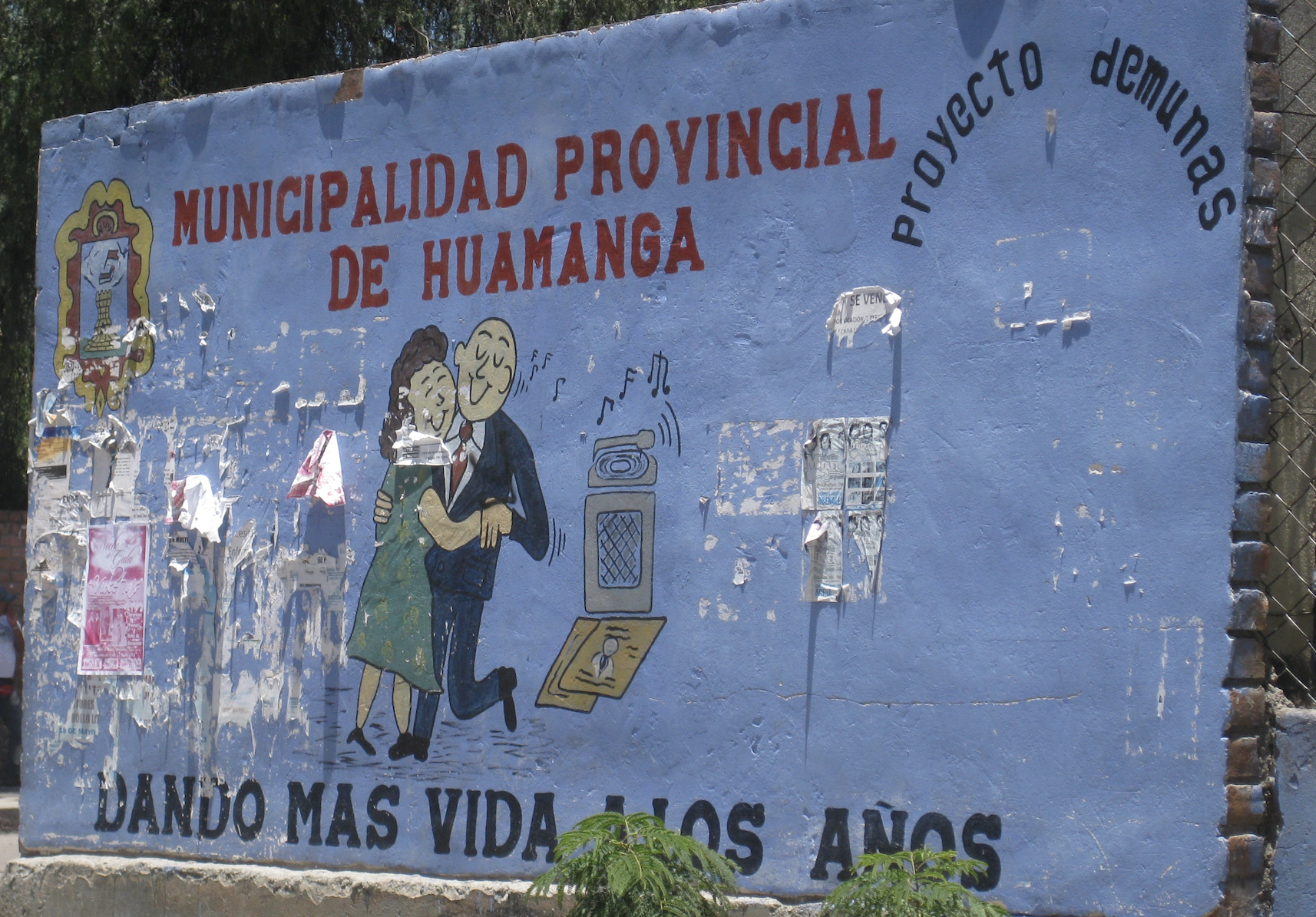
— Photo by J. Leinaweaver
How do ordinary people repurpose the tools of demography? In a recent study, Jessaca Leinaweaver argues that Peruvian professionals caring for older people justify their committed work using demographic concepts.
Delving into the research:
In Counter-Demography: Situated Caring for the Aged in Andean Peru, published in October 2021, Department Chair and Professor of Anthropology Jessaca Leinaweaver argues that non-demographers engage in “counter-demography” – repurposing demographic tools as they interpret and manage local, individual expressions of complex population-level issues. When they engage in counter-demography, they don't necessarily come to different conclusions than those found in law or policy – rather, they are giving new meaning to demographic ideas, as they engage with concepts that expand beyond their immediate experiences. Leinaweaver's analysis builds on the work of anthropological demographers who have shown that representations of data are culturally shaped and produced objects, exploring this phenomenon through a focus on population aging in Peru.
Like many developing countries, Peru is in a delicate demographic position where sometimes violent efforts to reduce fertility, and broader processes of modernization and education, have resulted in population aging. In the urban Andes, professional aging-workers (those who labor to support aging individuals) informally reference statistics and data visualizations to highlight their own complex and holistic efforts to support aging people on the ground. In so doing, they actively use and repurpose demographic tools, mobilizing them to talk about aging not as an existing problem discoverable and resolvable through demographic research, but as a set of counter-demographic questions about day-to-day care, or how to age well. These are creative, grounded interventions that push ideas about population aging beyond the future- and national-oriented scales that characterize many professional demographic takes.